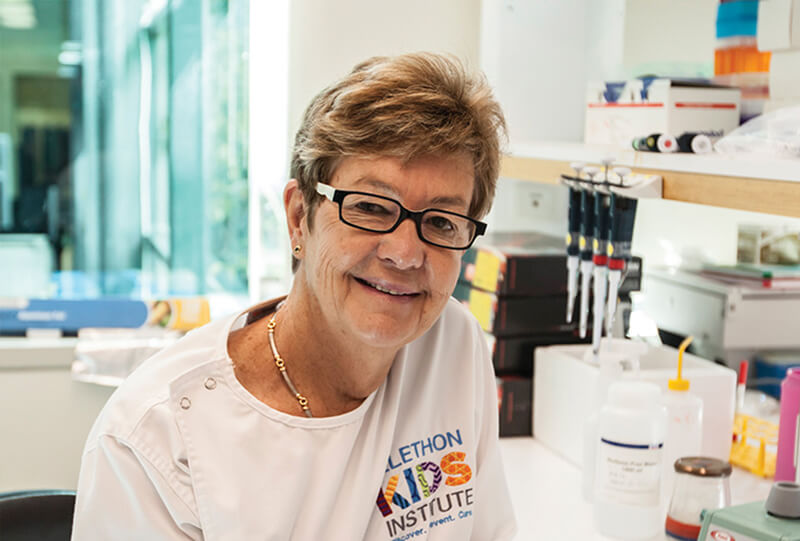Search
Research
The anti-inflammatory effects of interleukin-4 are not mediated by suppressor of cytokine signalling-1 (SOCS1)While it is known that the anti-inflammatory effects of interleukin (IL)-4 require new protein synthesis, the exact mechanisms by which IL-4 suppresses the prod

News & Events
UV offers new hope in fight against MSPeople at risk of developing multiple sclerosis (MS) have been offered a beacon of hope thanks to research into UV exposure.
Research
UVB phototherapy for participants with an early form of multiple sclerosisMatt Prue Stephanie Cooper Hart Trend BCA Marketing, BSc Statistics and Applied Statistics, PhD BSc (Hons) MSc PhD BSc PhD Manager, Biostatistics
Research
Genome Sequence of a Lytic Staphylococcus aureus Bacteriophage Isolated from Breast MilkWe identified a double-stranded DNA (dsDNA) bacteriophage appearing to belong to Herelleviridae, genus Kayvirus. The bacteriophage, Biyabeda-mokiny 1, was isolated from breast milk using a clinical isolate of Staphylococcus aureus.
Research
Topical 1,25-dihydroxyvitamin D3 subverts the priming ability of draining lymph node dendritic cellsThe active form of vitamin D, 1,25-hydroxyvitamin D(3) [1,25(OH)(2)D(3)] is produced in skin following exposure to sunlight
Research
1,25-dihydroxyvitamin D3 enhances the ability of transferred CD4+ CD25+ cells to modulate T helper type 2-driven asthmatic responsesThe severity of allergic diseases may be modified by vitamin D. However, the immune pathways modulated by the active form of vitamin D, 1,25-dihydroxyvitamin D.
Research
Exposure to Solar UVR Suppresses Cell-Mediated Immunization Responses in Humans: The Australian Ultraviolet Radiation and Immunity StudyHigher UVR exposure at antigen sensitization was associated with a reduced delayed-type hypersensitivity response and altered T helper type 17 kinetics
Research
Inflammatory bowel diseases: interrelationships between dietary vitamin D, exposure to UV radiation and the fecal microbiomeThis review explores the interaction of vitamin D, and ultraviolet radiation, with the intestinal innate and adaptive immune systems
Research
Investigating the roles of regulatory T cells, mast cells and interleukin-9 in the control of skin inflammat roles of regulatory T cells, mast cells and interleukin-9 in the control of skin inflammation by vitamin D. Arch Dermatol Res. 2018;310(3):221-30.We investigated the ability of topical 1,25(OH)2D to suppress contact dermatitis through an IL9 dependent process, examining mast cells and IL9 secreting cells.
Research
A randomised, controlled clinical trial of narrowband UVB phototherapy for clinically isolated syndrome: The PhoCIS studyThis study provides a basis for further studies to determine if there are any benefits of the therapeutic effects of narrowband UVB radiation on MS progression
